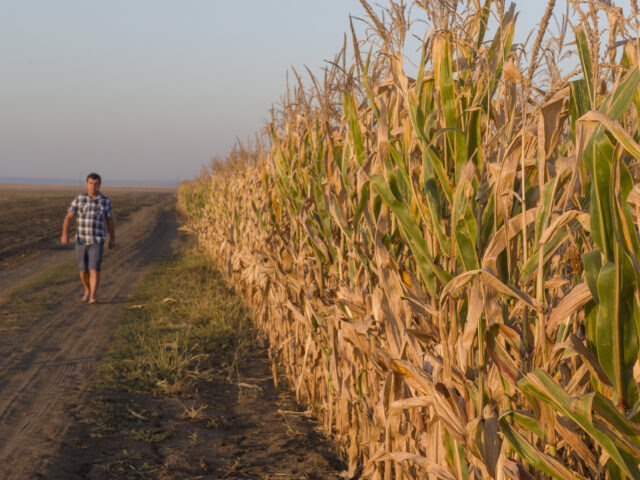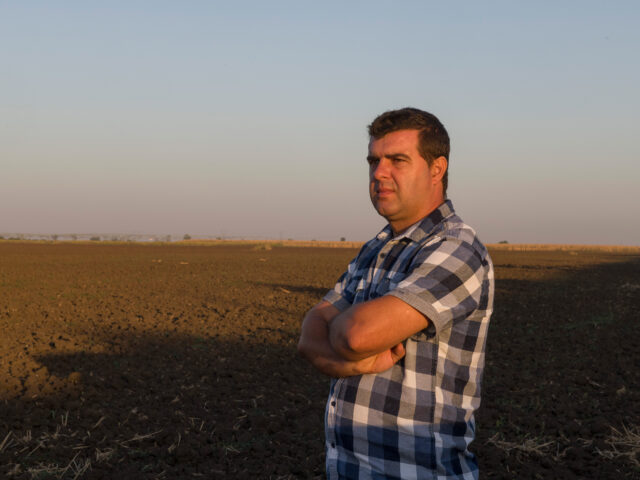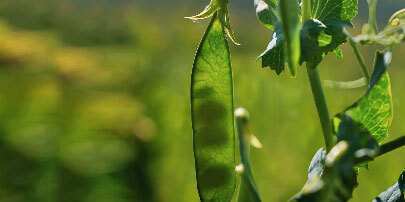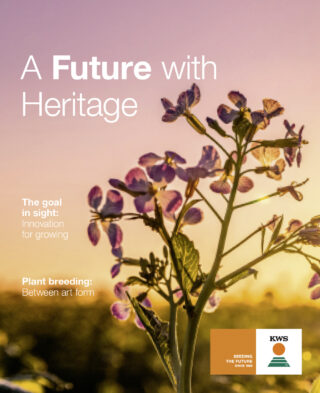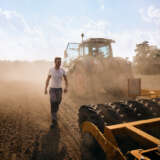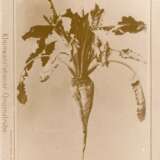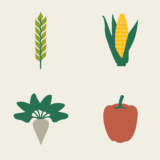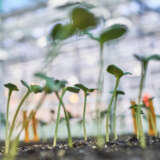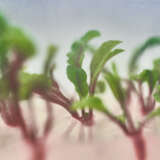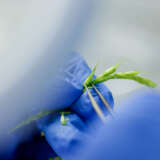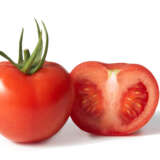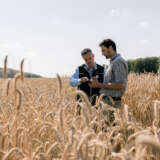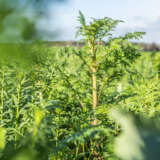Visiting farmer Marcu Răzvan
A shared fight against drought: Getting to the root of the problem.
Crop losses resulting from climate change are developing into one of farmers’ most pressing issues. The World Meteorological Organization (WMO) has called the five-year period from 2015 to 2019 the hottest since temperature records began about 150 years ago – and this applies across the globe. KWS conducts extensive research on drought stress in plants, thereby supporting farmers in markets particularly hard hit by heat.
George Musat works at the KWS breeding station a few kilometers from the small Romanian town of Alexandria. For years now, he has been working on corn hybrids that show a higher tolerance to drought. KWS has focused its efforts in south-eastern Europe on extensively breeding and testing varieties that are well adapted to the frequent periods of drought and the challenges during various growth phases. “In breeding, we factor in traits related to drought tolerance that also contribute to varietal stability,” Musat explains. The breeding work he and his colleagues carry out aims to achieve an optimum balance between consistent yields and drought tolerance.
Drought and significant temperature fluctuations are responsible for a loss of 20 percent to 30 percent of our total production.
Research into drought-tolerant grain corn varieties, for example, benefits farmers like Marcu Răzvan, who, in addition to corn, grows wheat, sunflowers, oilseed rape and barley on his 970 hectares of land in Crângu, a town located about a two hours’ drive from Bucharest. “Categorically speaking, the soils in this region are ideally suited for crop production,” he says. “Their clay content is high, and the yields could be as well.” Could being the operative word here. Răzvan has been struggling for years with periods of extreme drought in farming his corn fields. At harvest time, the plants’ light-yellow leaves and kernel formation on the cobs as well as the ankle-deep furrows in the soil are evidence of months-long drought.
In south-eastern European countries like Romania, farmers like Marcu Răzvan are struggling with increasing drought. KWS is conducting extensive research on improved drought tolerance for grain corn near the small town of Alexandria.
“I love the harvest,” says Răzvan, who has a degree in agricultural engineering. “Seeing the results of my work year after year is simply the best of all.” But when he thinks about the climate changes he and his plants are facing, the worry lines on his forehead grow deeper. Periods without rain have continued for weeks in the spring and summer for many years now. So while the plants do grow tall, many of their kernels do not develop sufficiently. Large-scale surface irrigation is technically not an option for the farmer. And it’s far too expensive. In addition to the drought, Răzvan has also been thinking about the significant temperature fluctuations that prevail in the region: “Here, we have differences of up to 20 degrees in just one day. On top of that, the nights are far too cold. This is just too much for the plants to handle! In the field, I can actually feel that the corn is not developing properly.”
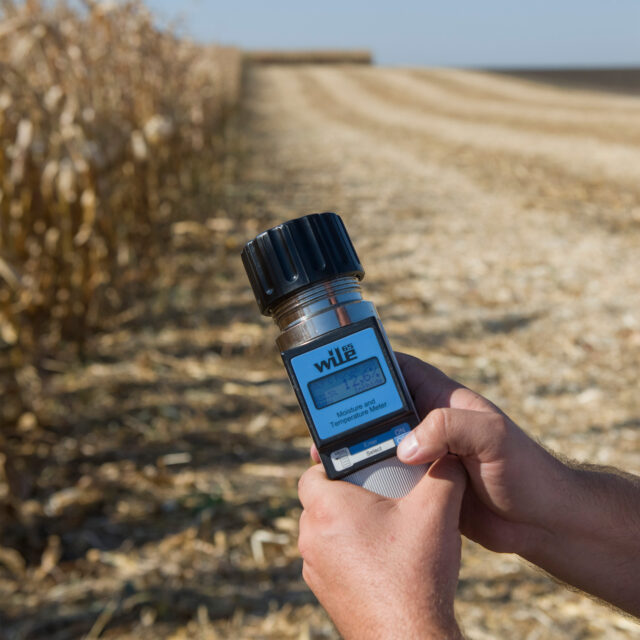
KWS background
Triple control instead of drought stress!
Under the ClimaControl3 label, KWS offers innovative, drought-tolerant grain corn varieties that derive from a specially oriented research and breeding program. Specific target markets: Countries in southeastern Europe like Romania, Bulgaria, Croatia, Hungary, Serbia and Montenegro that have been hard hit by heat. The number three in the name stands for the fact that drought stress can have a different impact on plants depending on the point during growth when it occurs: Before, during or after flowering. During each of these three phases, the corn plant has very specific properties to reduce damage caused by drought – ClimaControl3 supports the plant in all growth phases to better handle drought stress.
Improved drought tolerance for corn
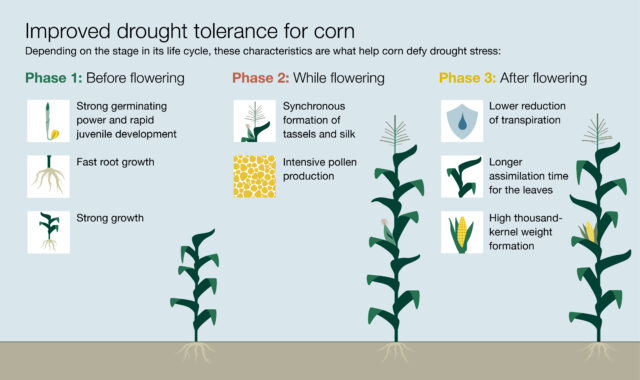
A ray of hope: Sustainable plant breeding
Modern plant breeding offers reason for hope: Musat, the KWS breeder, explains the methodological principles for breeding varieties with greater tolerance to drought: “In general, we try to identify those parent forms that show the best drought tolerance so we can cross them to obtain hybrids that are already tolerant.” The researchers then test the productivity of the respective hybrids and their stability under heat and water stress, as is found in a country like Romania. But could other countries and regions also benefit from the vareities developed in Romania? “Yes," Musat says emphatically. “These varieties can usually be grown in other drought-impacted areas. To estimate the hybrids’ production capacity and stability in a new area, we do, however, need results from as many test points as possible before we can put them on the market.”
We very much hope that plant breeders will manage to improve tolerance to extreme variability and to drought and disease.
Răzvan has already had positive experiences farming with seed from KWS: On his field, modern varieties prevent delayed fertilization, thus enabling optimum cob formation. These varieties produce corn plants that are better equipped to handle drought stress and help minimize crop losses by up to 30 percent. For Răzvan, further development is a step toward a safer future. His passion for agriculture remains undiminished – come what may.
